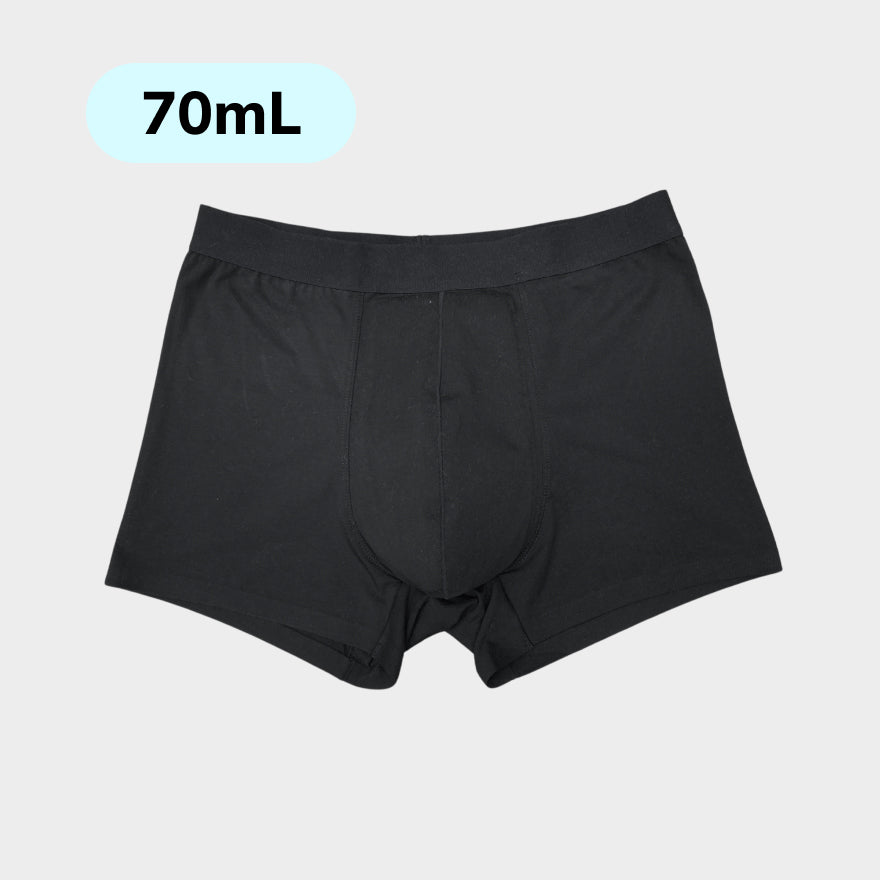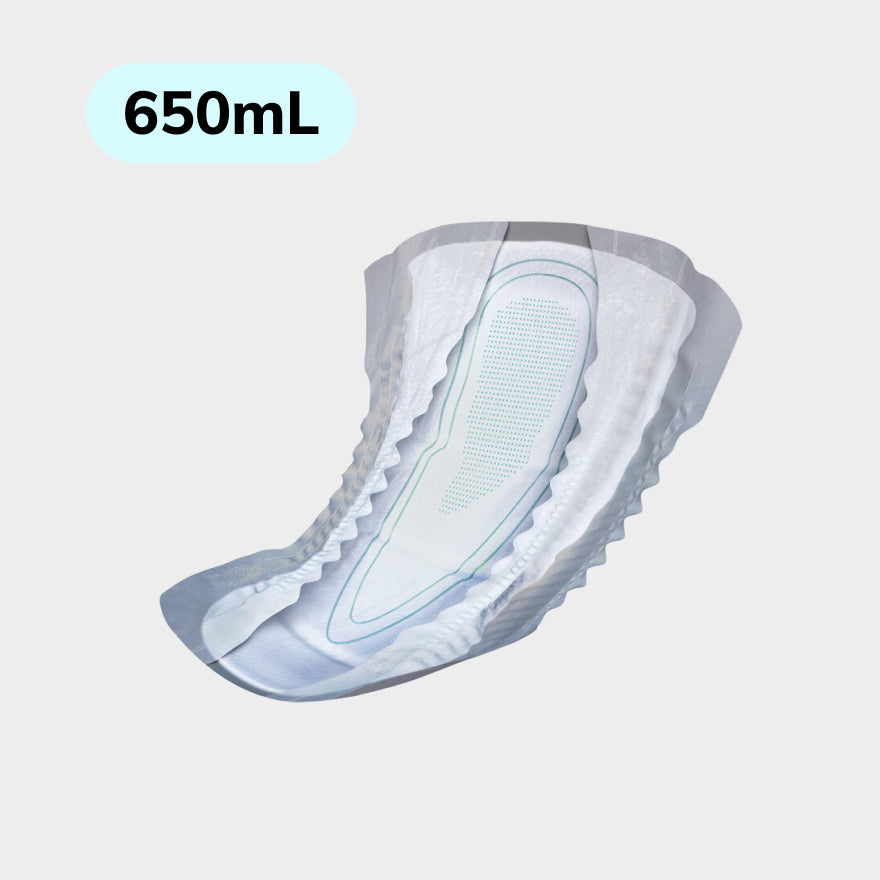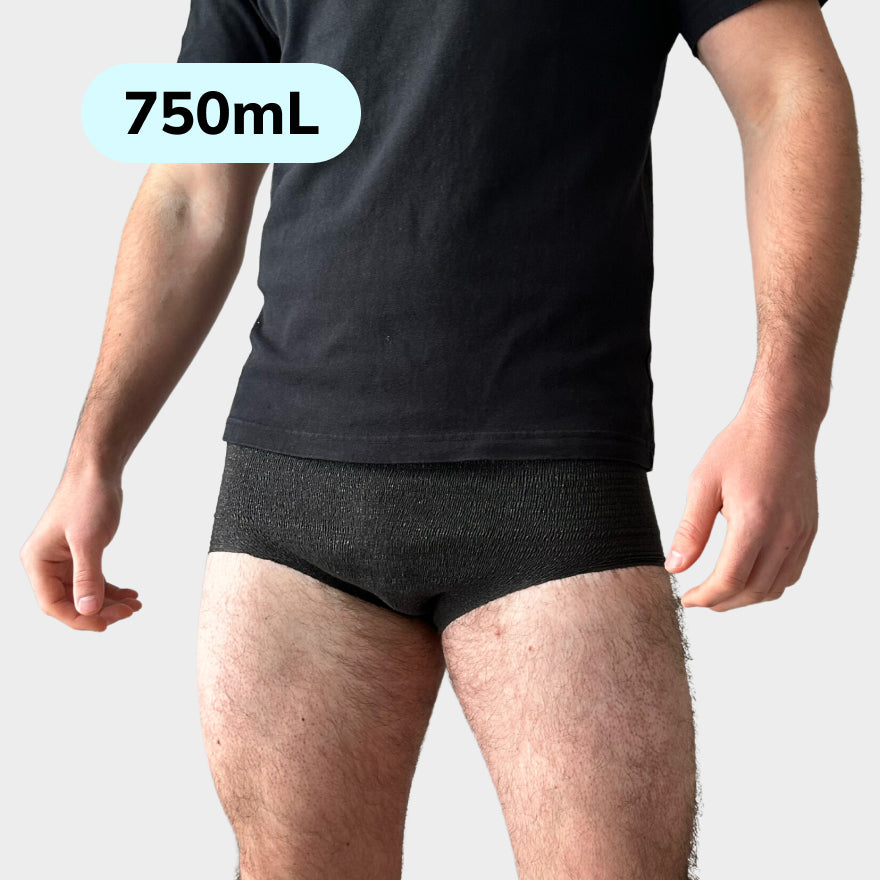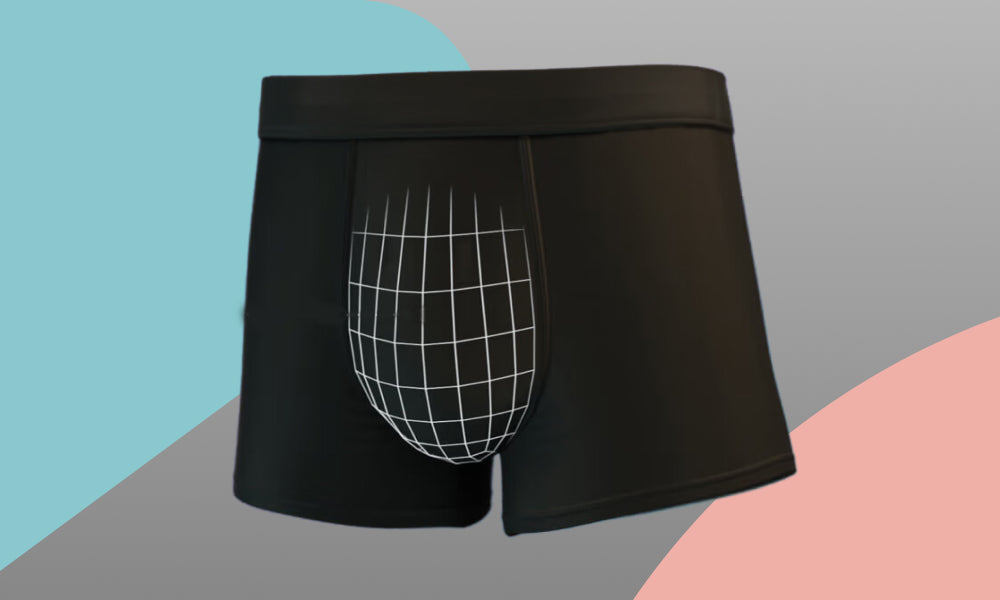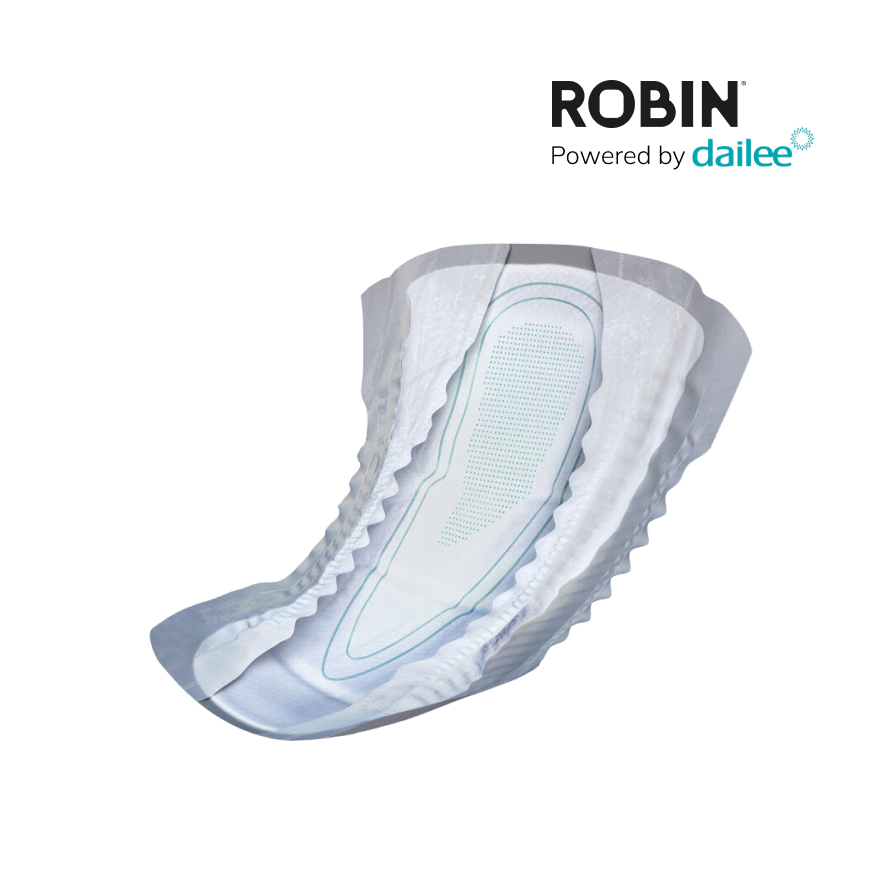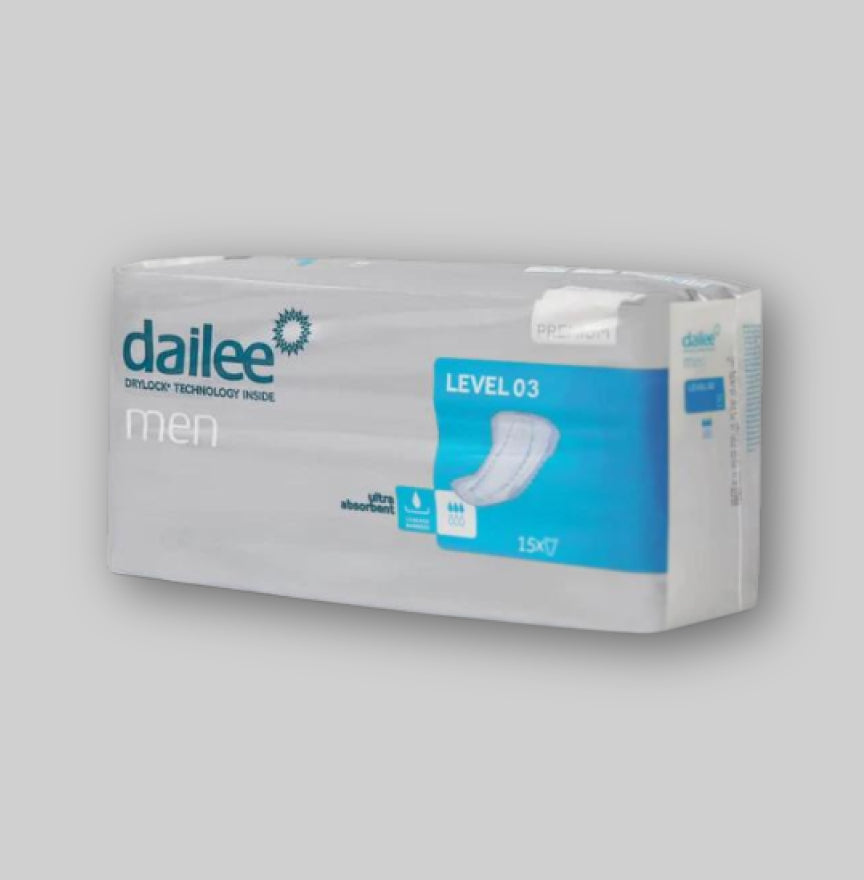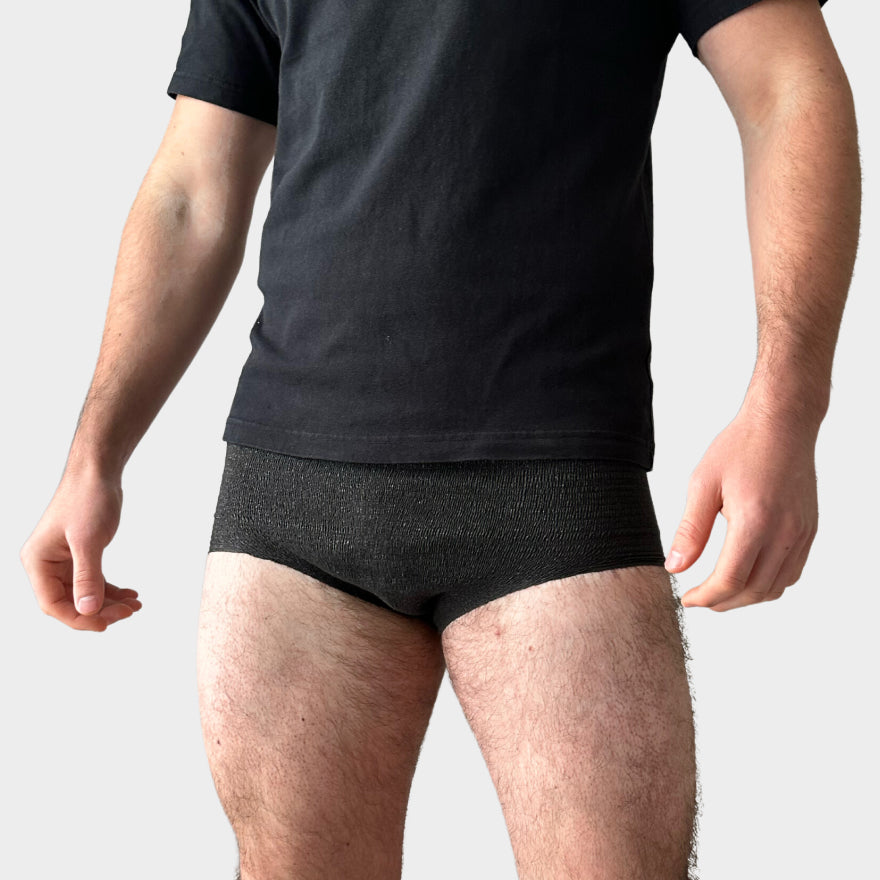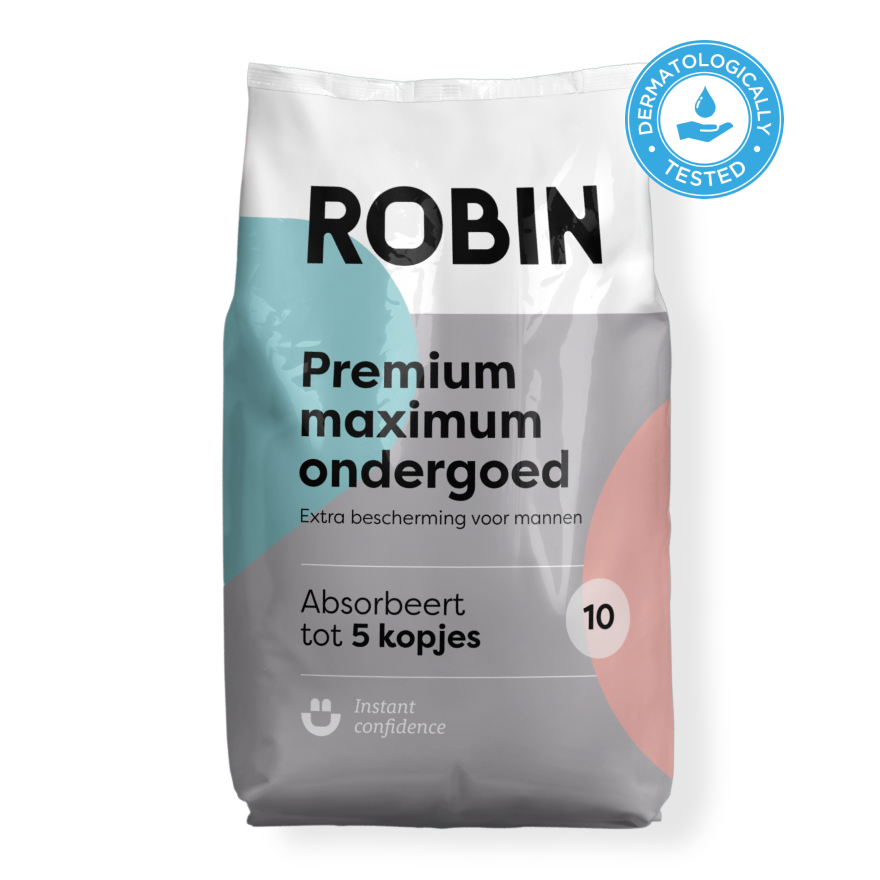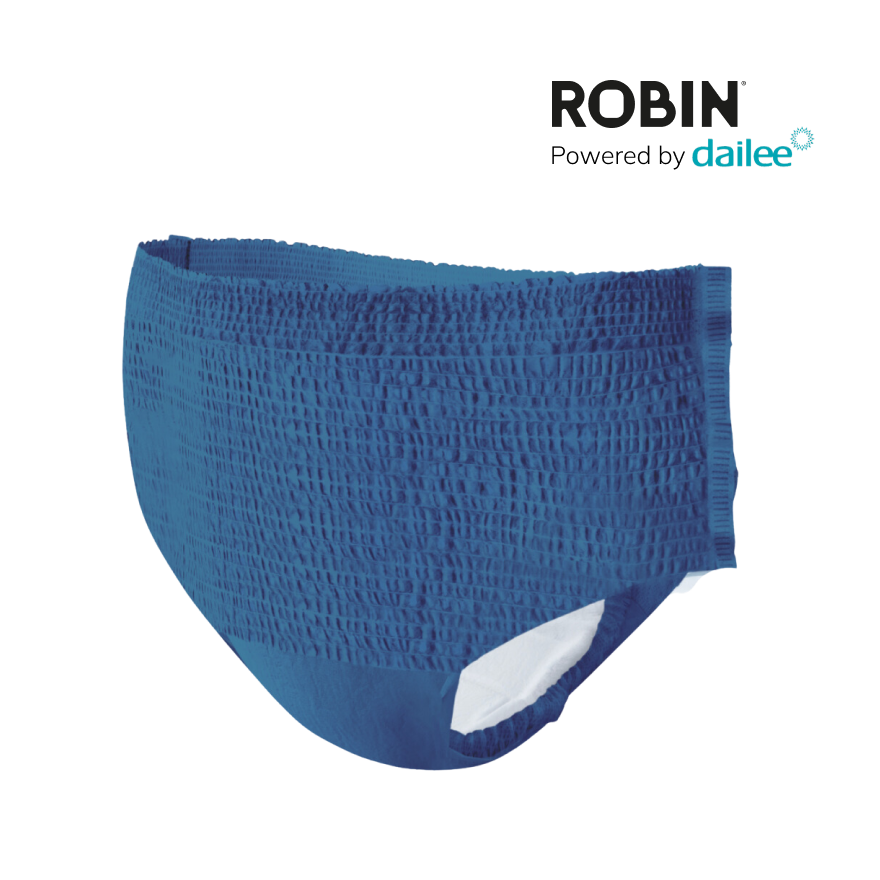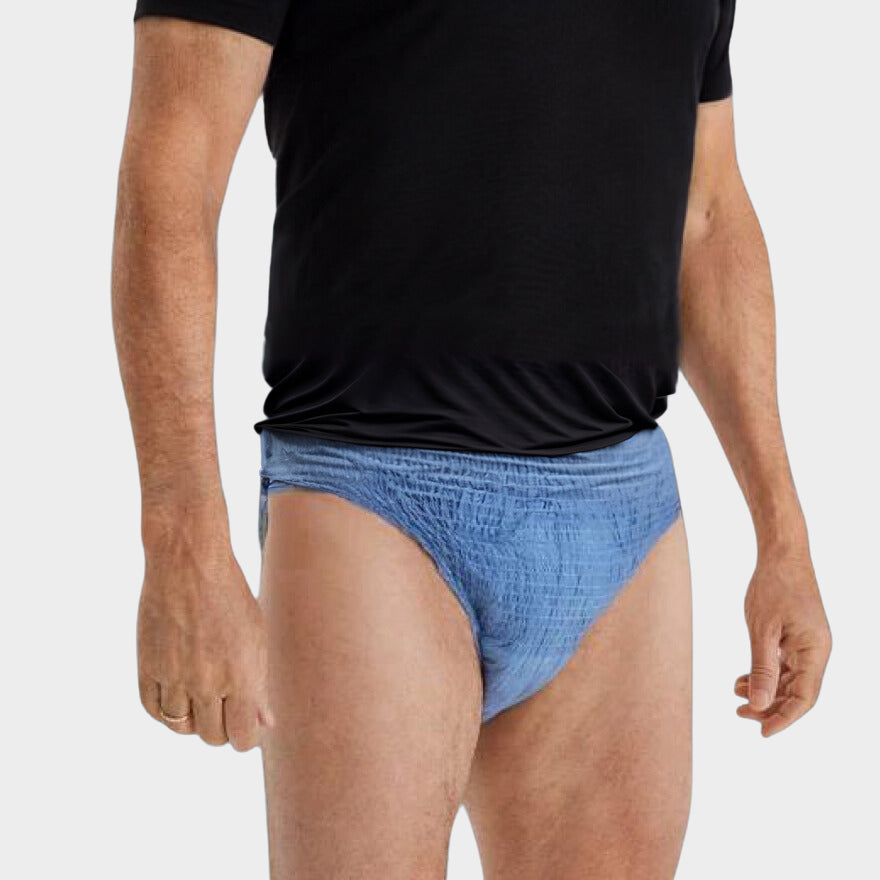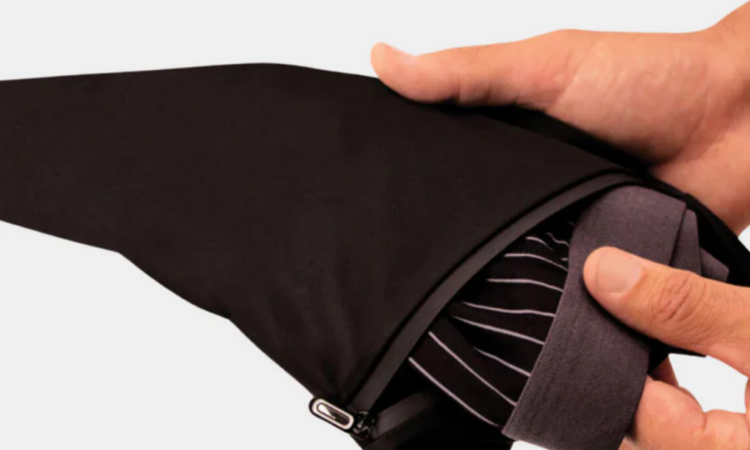Choosing theright incontinence products is crucial for men who deal with urine leakage. Different levels of incontinence require specific products that vary in absorbency and design. Some men may be satisfied with pads that provide protection against light dribble, while others may benefit from more specialized options such as incontinence pants or external catheters for larger amounts of urine leakage.
Features of the Best Incontinence Material
The best male incontinence products must meet several criteria to be effective. Some of the most important features include:
-
Absorbency : The material should be absorbent enough to quickly absorb urine and keep the skin dry to prevent irritation.
-
Comfort and Fit : A good fit ensures that the material stays in place and does not leak, while being comfortable enough to wear all day without discomfort.
-
Odor Control : Effective odor control is essential to ensure discretion and neutralize unwanted odors.
-
Skin friendliness : The material should be gentle on the skin and dermatologically tested to prevent irritation and rashes.

Manufacturers have developed a wide range of incontinence products in response to the diverse needs. Products such as Robin and the TENA Men line are popular for their ability to meet men’s needs with options that offer both comfort and discretion. Successful management of incontinence can significantly improve quality of life and allow men to remain active and confident in their daily activities.
When selecting incontinence products, it is also important to consider how these products will impact daily life. Discreet solutions such as Conveen Optima provide comfort without being visible under clothing, giving men the confidence that they are well protected. Providing sound advice and personalised options is essential to finding the right solution.
Types of Incontinence Products for Men

Incontinence products for men are designed to meet specific needs. These products provide both comfort and protection for different types of urine loss.
Absorbent Inserts
Absorbent pads are made to fit the male anatomy and provide extra protection at the front, which is crucial for effective absorption. They range from light to very heavy urine leakage , and are designed to be worn discreetly under clothing.
Incontinence pants
Incontinence briefs function like regular underwear, but have an integrated absorbent layer to collect urine. These briefs are available in different colours and are designed to provide a comfortable fit, making them suitable for everyday use.
Penis Clamps and Condom Catheters
Penis clamps are a non-absorbent alternative, designed for men who suffer from post-drip. The clamp mechanism prevents unwanted urine loss. Condom catheters look like condoms and are placed over the penis; they divert urine into a collection bag, useful for men with heavier urine loss.
Criteria for Choosing the Best Incontinence Materials

When selecting incontinence products for men, there are several important criteria to consider. These ensure optimum protection and ease of use.
Absorption Capacity and Sizes
The absorbency of incontinence products is crucial and should be tailored to the individual’s needs. Products range from light protection for a few drops to products suitable for complete incontinence. Sizes of the product should provide the right fit to prevent leakage and ensure comfort. Measuring the hip circumference can be essential for determining the right size.
Comfort and Discretion
Comfort and discretion play a significant role in the daily use of incontinence products. The material should fit smoothly and not irritate. The discreet fit ensures that the material can be worn inconspicuously under clothing. Products that are soft on the skin and contain breathable material significantly increase wearing comfort.
Reusable vs Disposable
A choice must be made between reusable and disposable products. Reusable incontinence products are often more sustainable and cost-effective in the long run. Disposable products, on the other hand, offer convenience and are hygienic to use. Environmental impact and personal lifestyle can also influence this decision.
